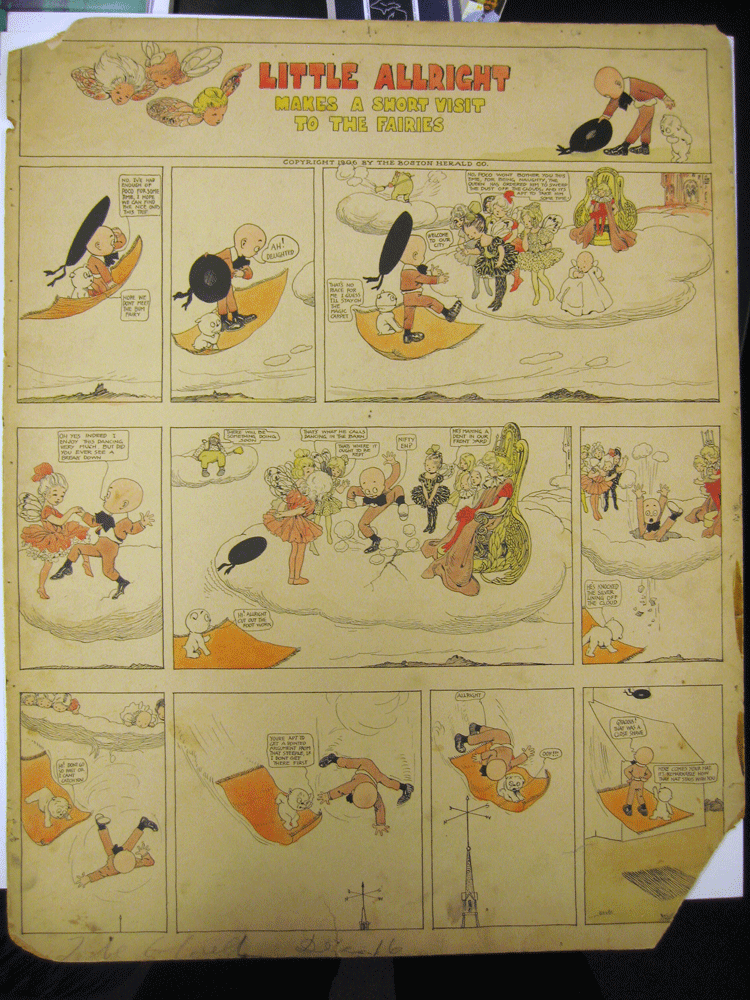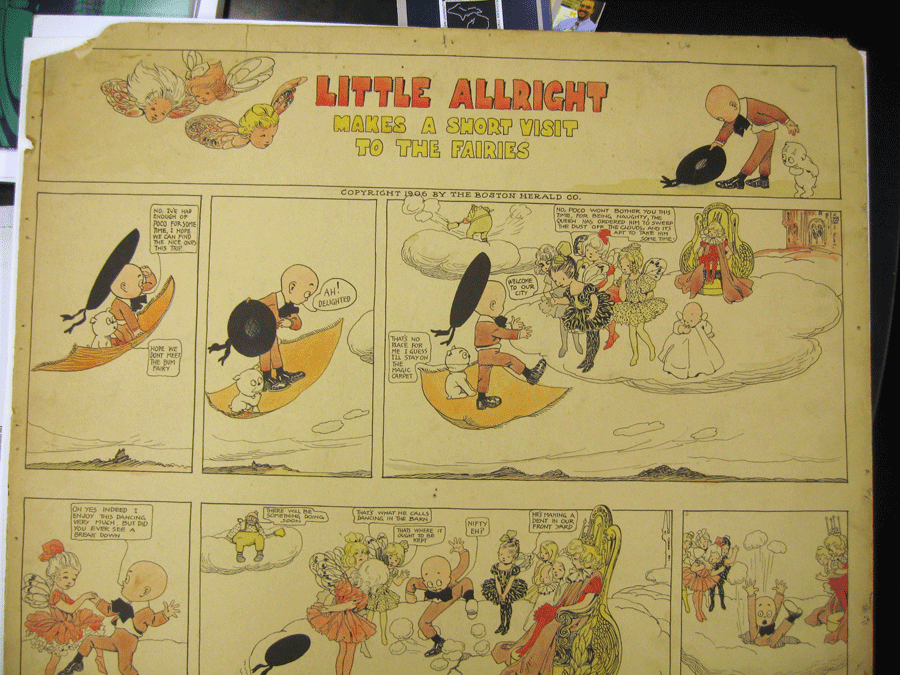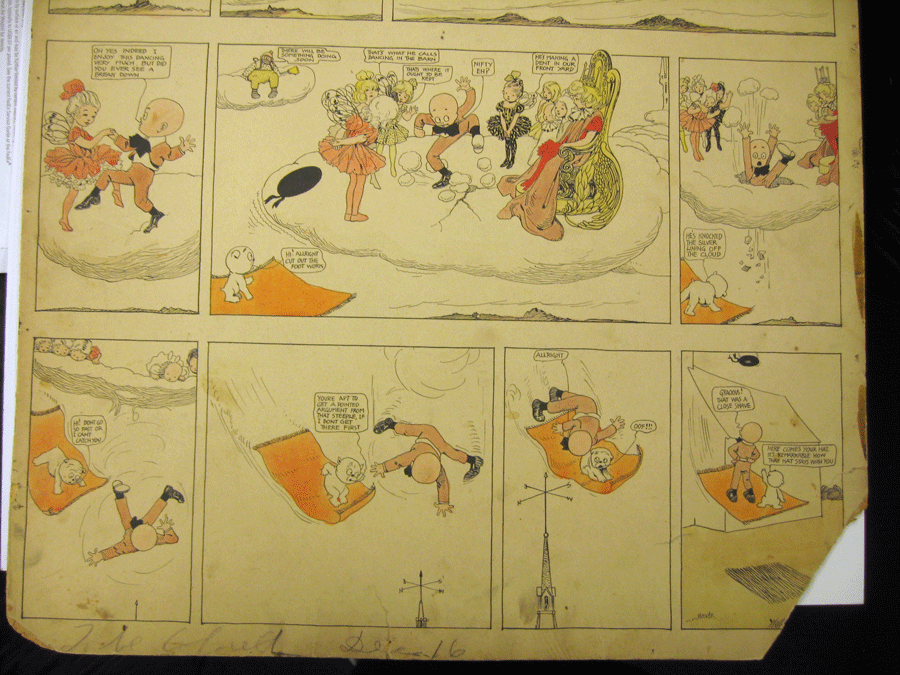In general, these cartoonists are from the Golden Age of Illustration - the late nineteenth and early twentieth Century political cartoonists.
Frederick Burr Opper (January 2, 1857 - August 28, 1937) is regarded as one of the pioneers of American newspaper comic strips.
04/1920
10/1884
11/1898
02/28/1883

(another political cartoon)
1883
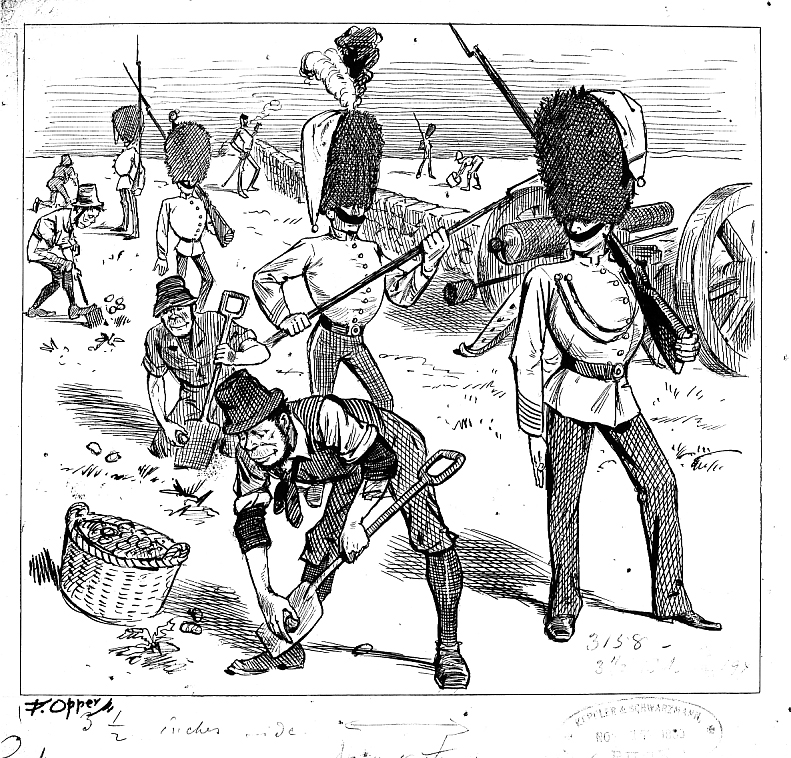
Make Me Mad (05/31/xx)
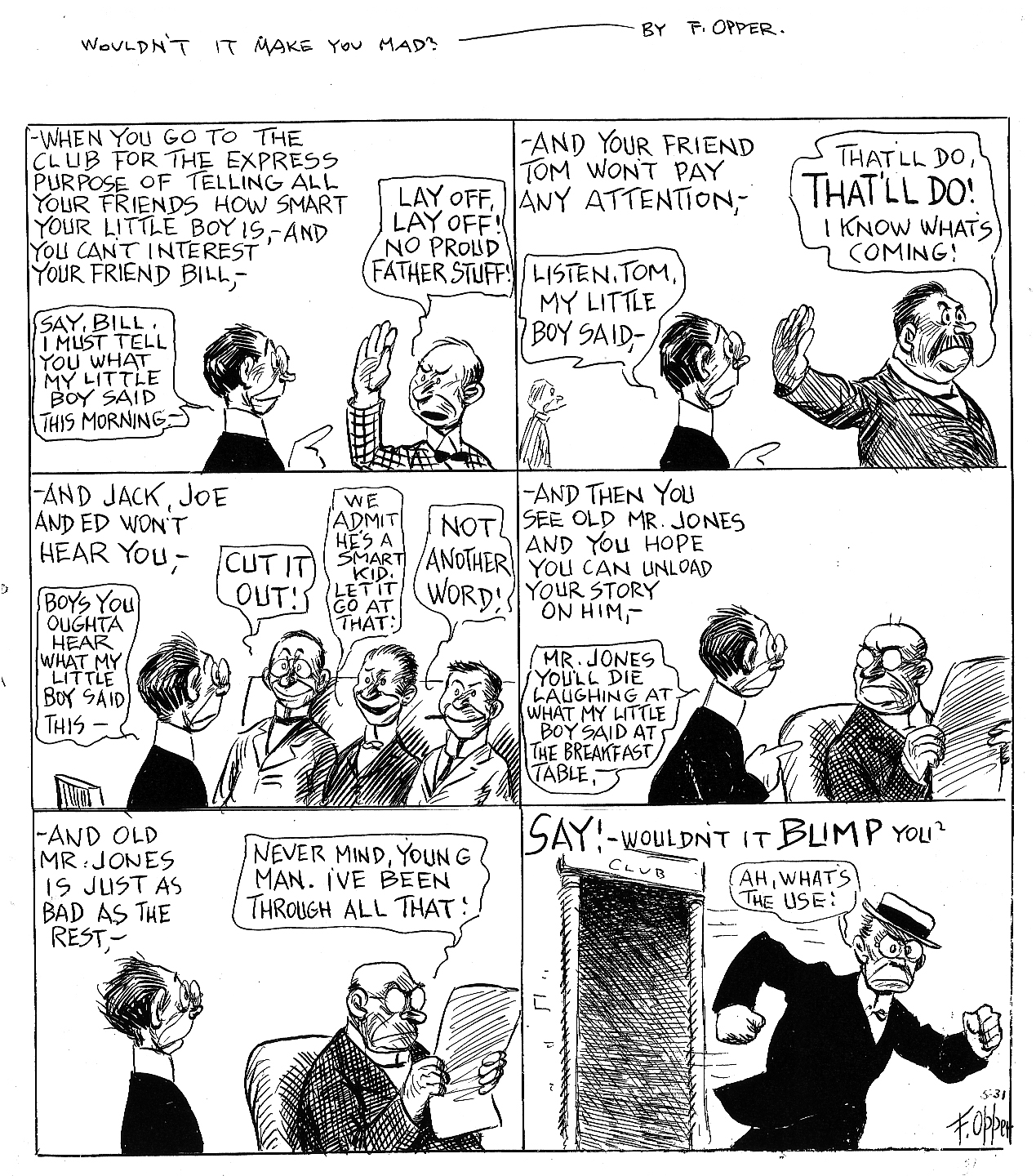
Baby & Night Light
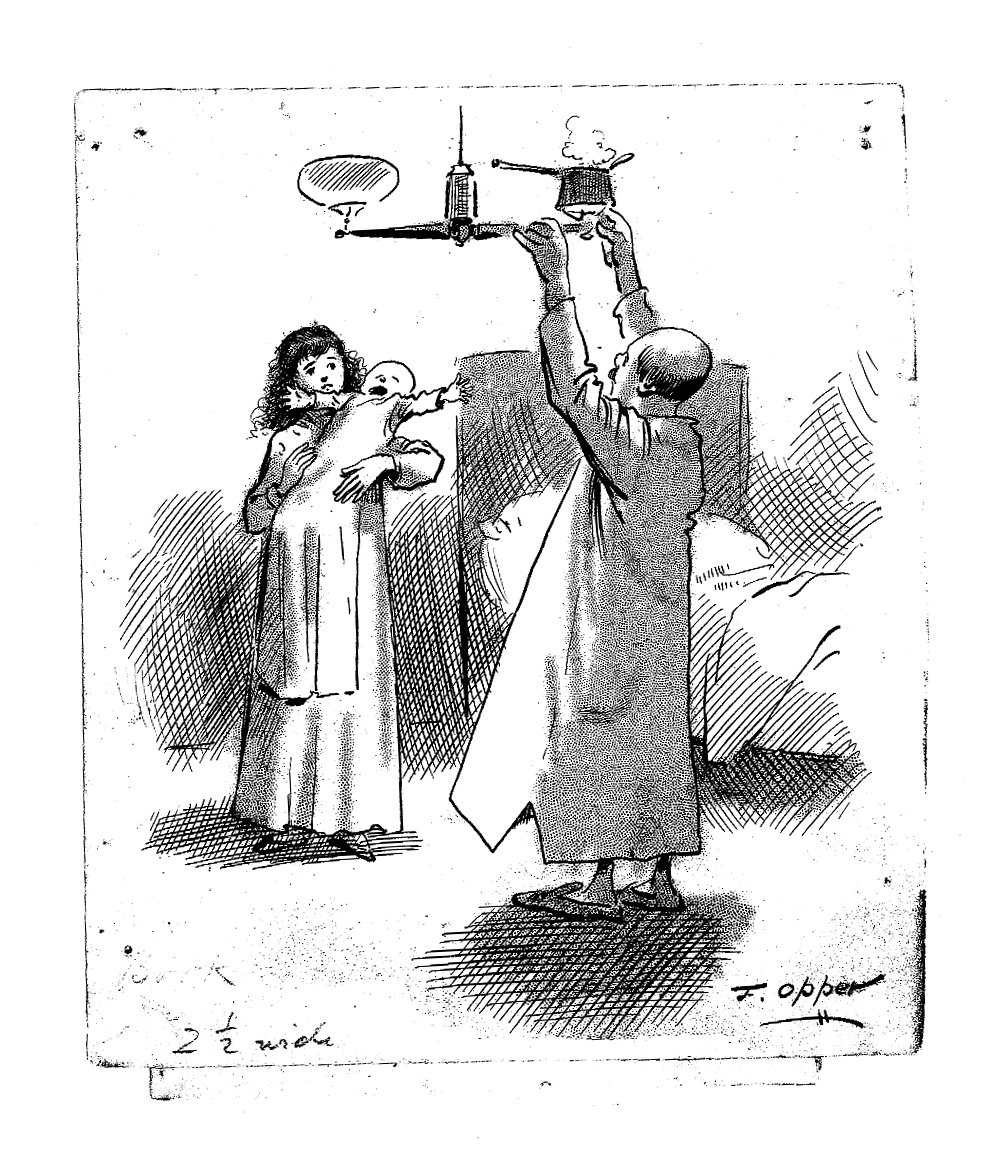
The Letter J
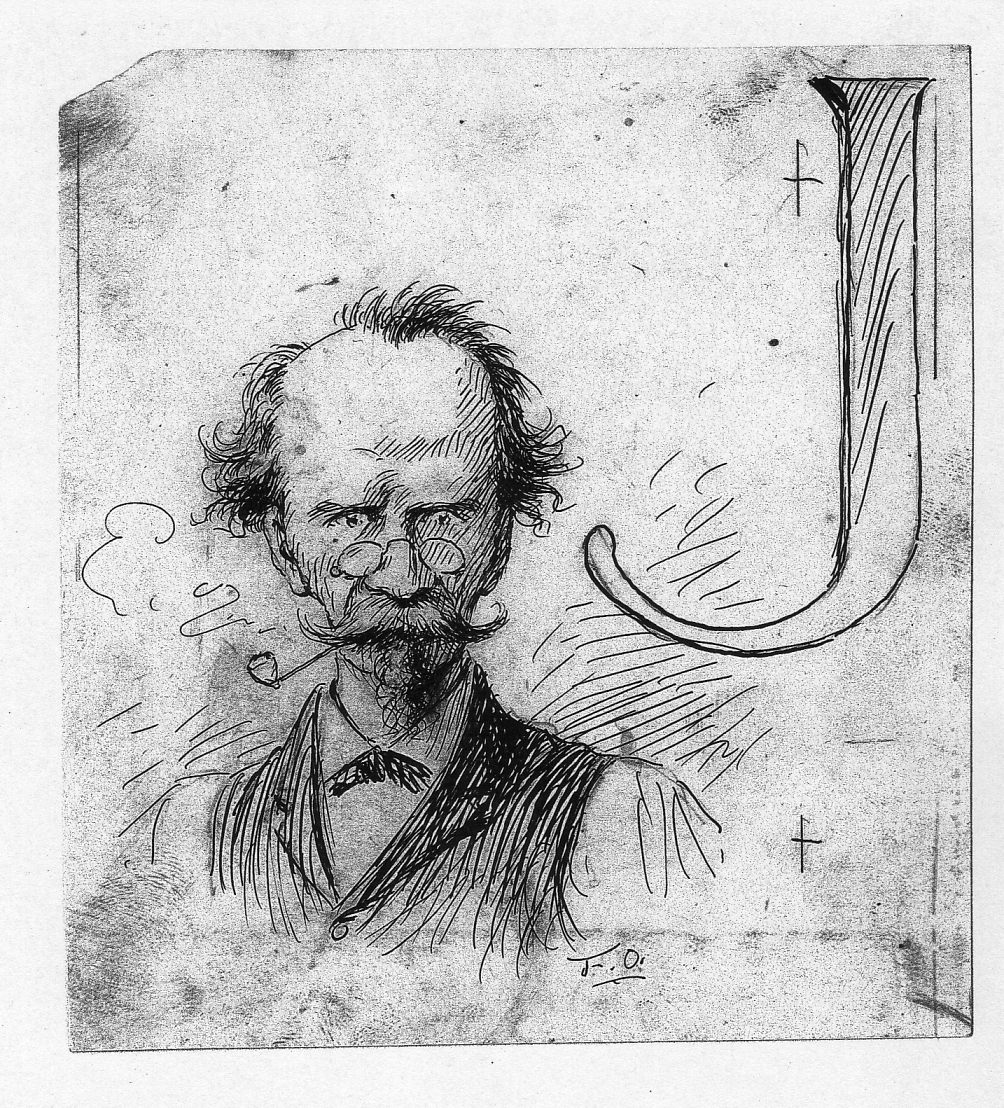
Red Dick
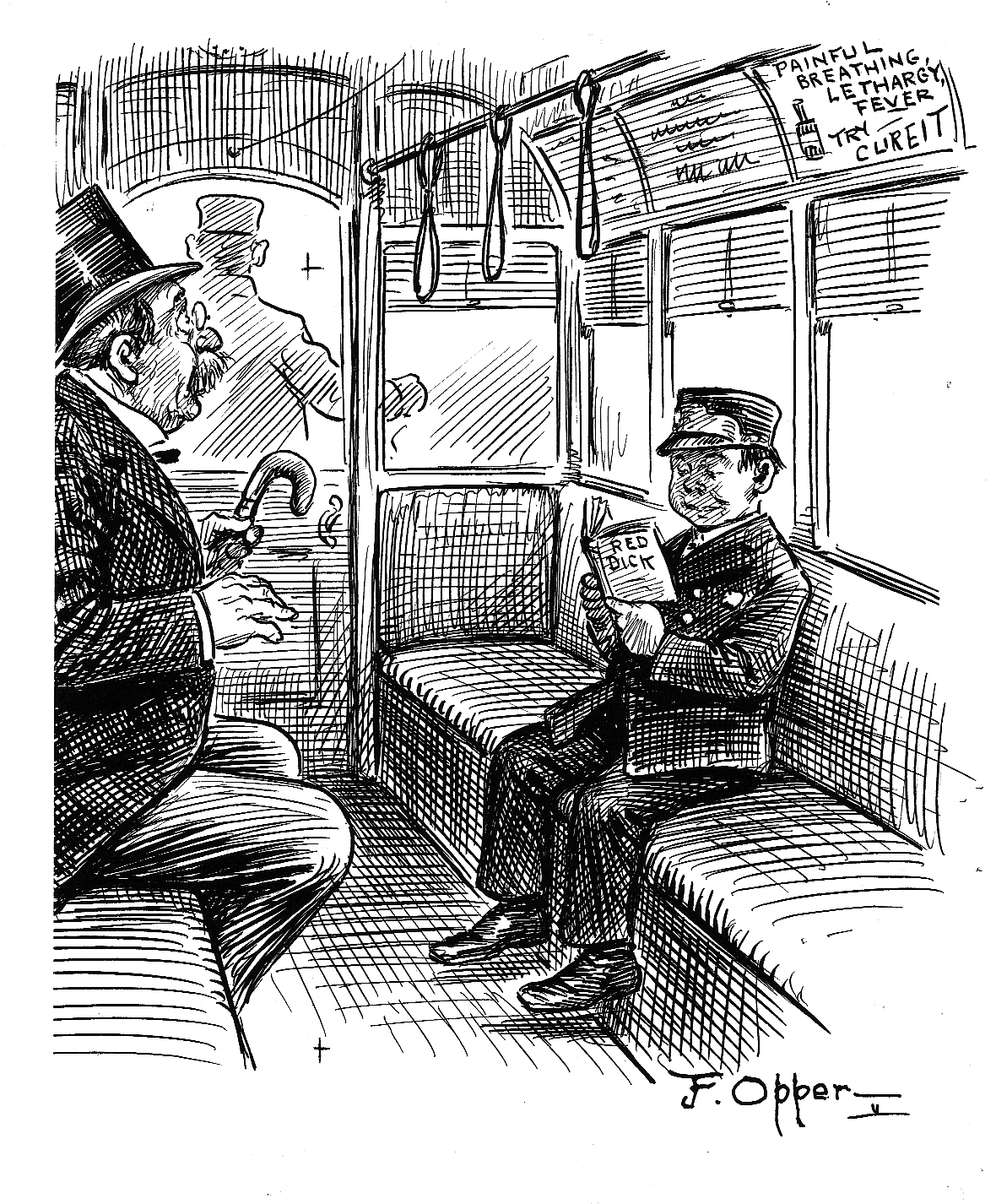
5 Ilios
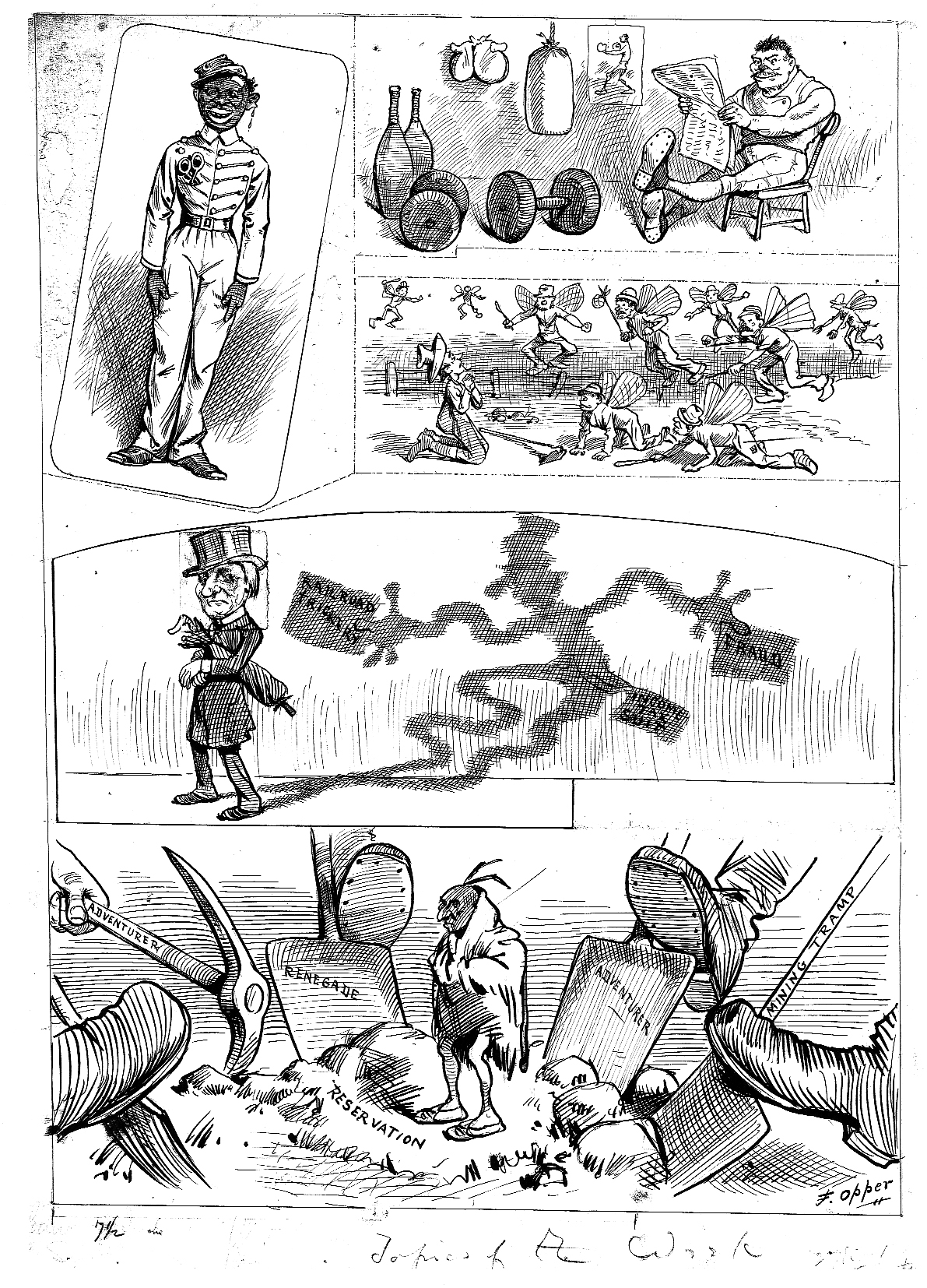
Juris Prudence
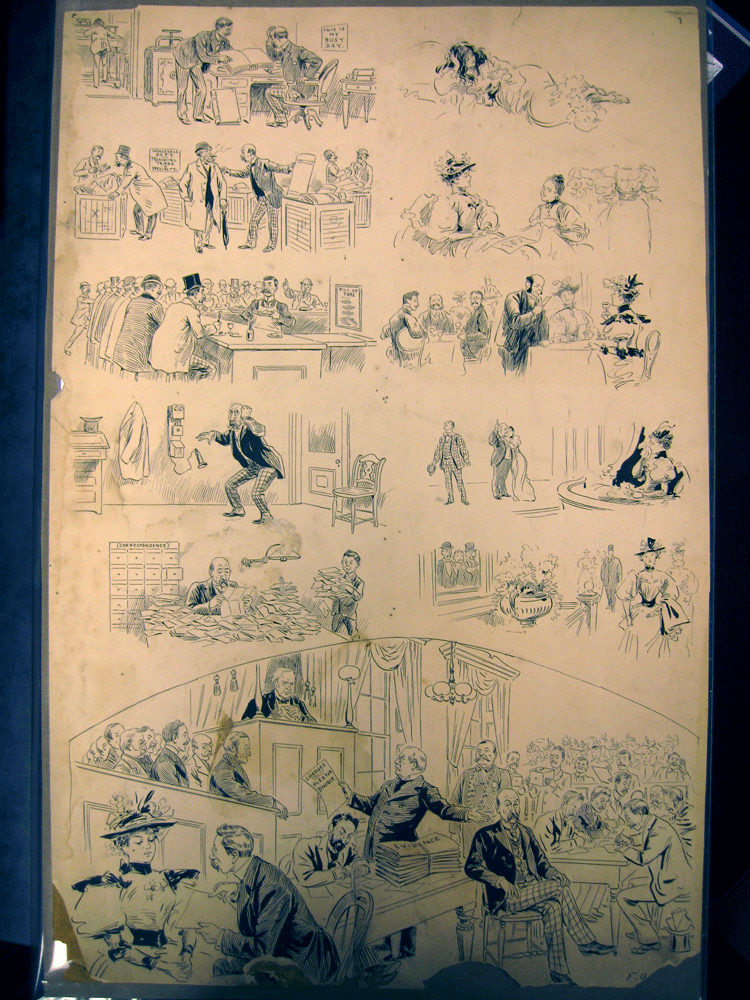
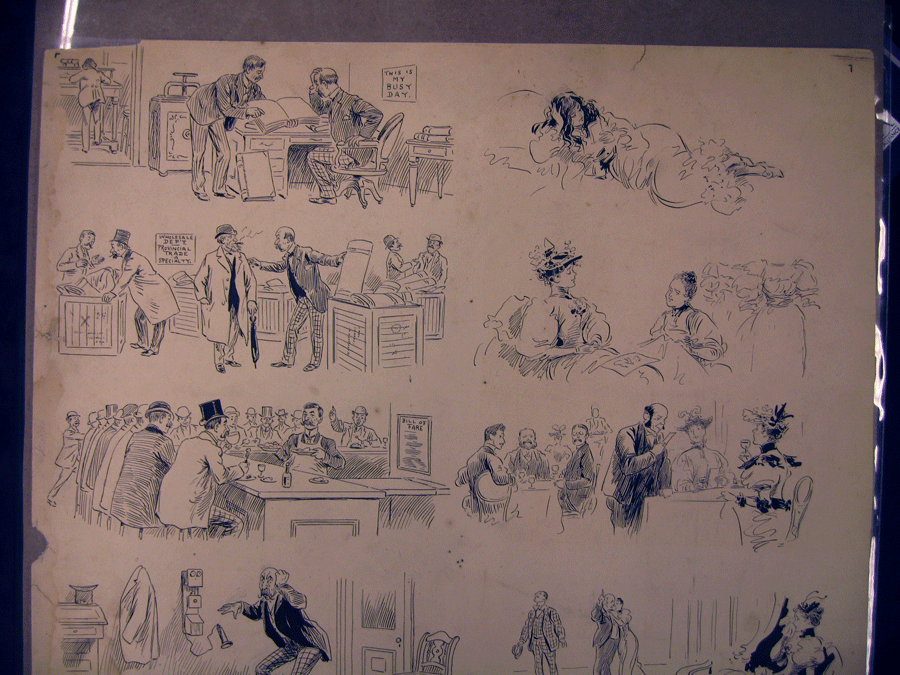
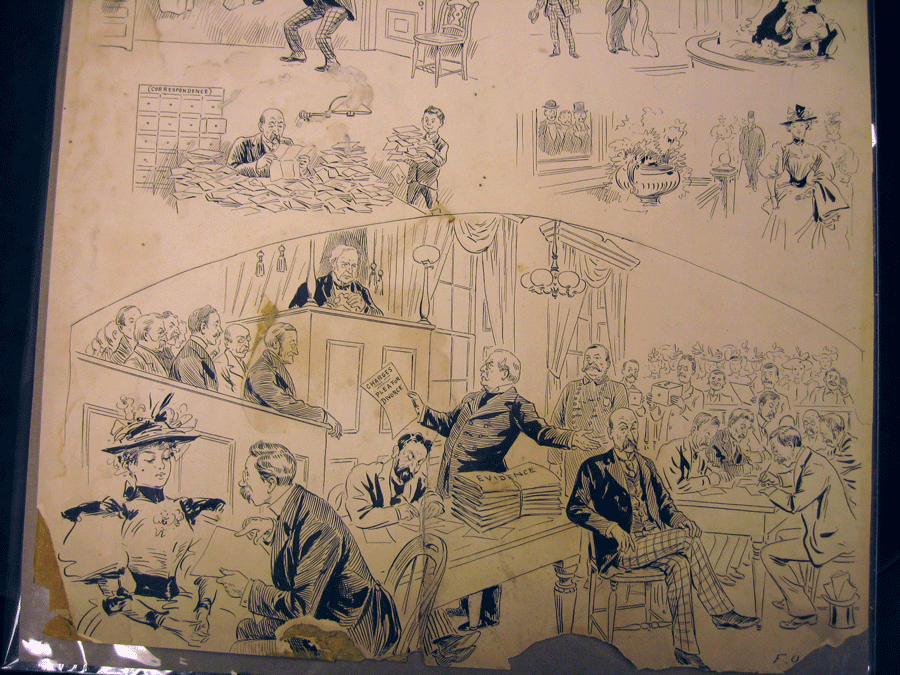
1892
Opper Porch Fall
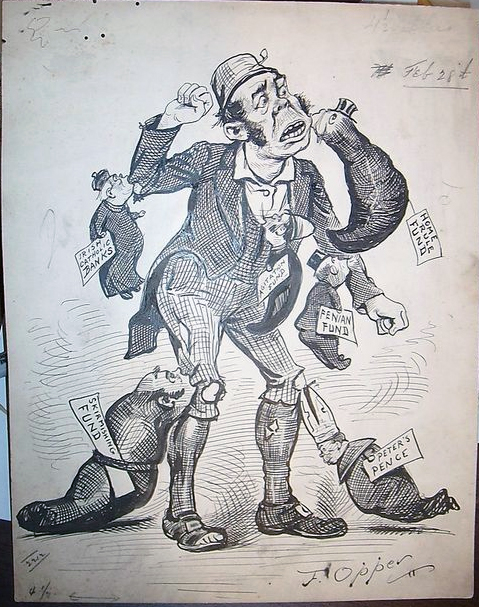
SAMUEL D. EHRHART ca. 1862-1937 - American cartoonist
and illustrator born in Pottsville, Pennsylvania, Ehrhart received his education
in the New York City school system. Subsequently, he studied art in Munich.
His work appeared in Harper's Monthly (1878-79), Puck (1880, and 1888-1913),
and Judge (1887). In 1920 and 1930 he reported his profession as artist and
his birthplace as Pennsylvania to the Brooklyn, New York census-taker.

WALTER H. GALLAWAY (American 1870 - 1911) - the creator of such turn-of-the-century comic strips as Citizen Fixit and Absent-Minded Augie)
LOUIS W. DARRYMPLE (1866 - 1905) Dalrymple published cartoons and illustrations in Puck magazine. Political cartoons had become so popular by the late nineteenth century that in New York, this weekly magazine was established (ca. 1876-1877), a colored comic paper in the German style with double-page political cartoons by Joseph Keppler, one of its founders, and other artists.
CLARE VICTOR "DWIG" DWIGGINS (1874 - 1958), who used to sign "Dwig", initially focused on a career in architecture. He started his career as a cartoonist in 1897, when he published his first cartoons in the Saint Louis Dispatch and the New York World. He produced many gags and panels, such as 'J. Filliken Wilberfloss', 'Leap Year Lizzie', 'Them Was the Happy Days', 'Uncle Jim and Tad and Tim', 'Mrs Bump's Boarding House', 'Ophelia and Her Slate' and 'Bill's Diary'. Dwig's first actual comic was 'Huckleberry Finn', based on the book by Mark Twain, in 1918.
LOUIS M. GLACKENS (1866 - 1933), born in Philadelphia, Pennsylvania. In the 1890s he began to work for Puck, a magazine known for its political and social satire, where his humorous depictions of different ethnic groups reflected the melting pot of New York City at that time. When Puck was sold in 1914, he began to work for Barré Studio and Bray Productions pioneering some early animation films.
FRANKLIN MORRIS (F.M.) HOWARTH (circa 1870 - 1908) work first appeared in the humor magazines Puck, Judge, Life and Truth at the end of the 1880s. He developed a truly individualistic style, which got him employed as a staff artist at Puck magazine. Here, he made ground-breaking work for the generations to come: he created innovative narrative and introduced a painfully exact stylization.
JOHN (J.S.) PUGHE (1870-1909)
CHARLES JAY (CJ) TAYLOR (1855-1929)
HERBERT MERRILL (HM) WILDER (1864-1915) is one of the unsung greats of early magazine cartooning. He was a deft draftsman who incorporated a unique and quirky line style in his drawings, much on the order of Will Crawford. Wilder often incorporated double contour line into his work, which gave the line work a sense of greater movement. Wilder was born and raised in Hinsdale, NH, where he was a member of the library committee for many years. His fathwe was a blacksmith in Hinsdale who later became a banker and Justice of the Peace. Wilder contributed to many of the top publications of the day. He produced work for Harper's Weekly for many years, and the magazine sent Wilder to the Paris Exposition in 1900. He was a frequent contributor to Life and Puck, among others. Wilder also illustrated "The Voyage of the Rattletrap," an 1897 book written by Hayden Carruth.
LITTLE ALLRIGHT
The Boston Herald just couldn't make up its
mind whether it wanted to run a syndicate or not in the first decade of
the previous century. Their homegrown comic section was born and died at
least four different times in the course of that decade. The Adventures
of Little Allright came in the third version of their Sunday section and
ran from March 6 to June 26 1904. There really wasn't much to set the strip
apart from any other kid strip -- the starring kid saying "all
right" a lot seems an almost ridiculously weak hook. Wallace Goldsmith,
primarily an editorial cartoonist and practically a Boston institution (over
his long career he would be featured at the Herald, the Post and the Globe)
took the dubious credit for this stinker. Goldsmith resurrected his strip in
the fourth generation of the Herald's Sunday section, too. It was renamed slightly,
now just Little Alright (note the second 'L' was dropped). This time the strip
ran from November 11 1906 to April 14 1907.
